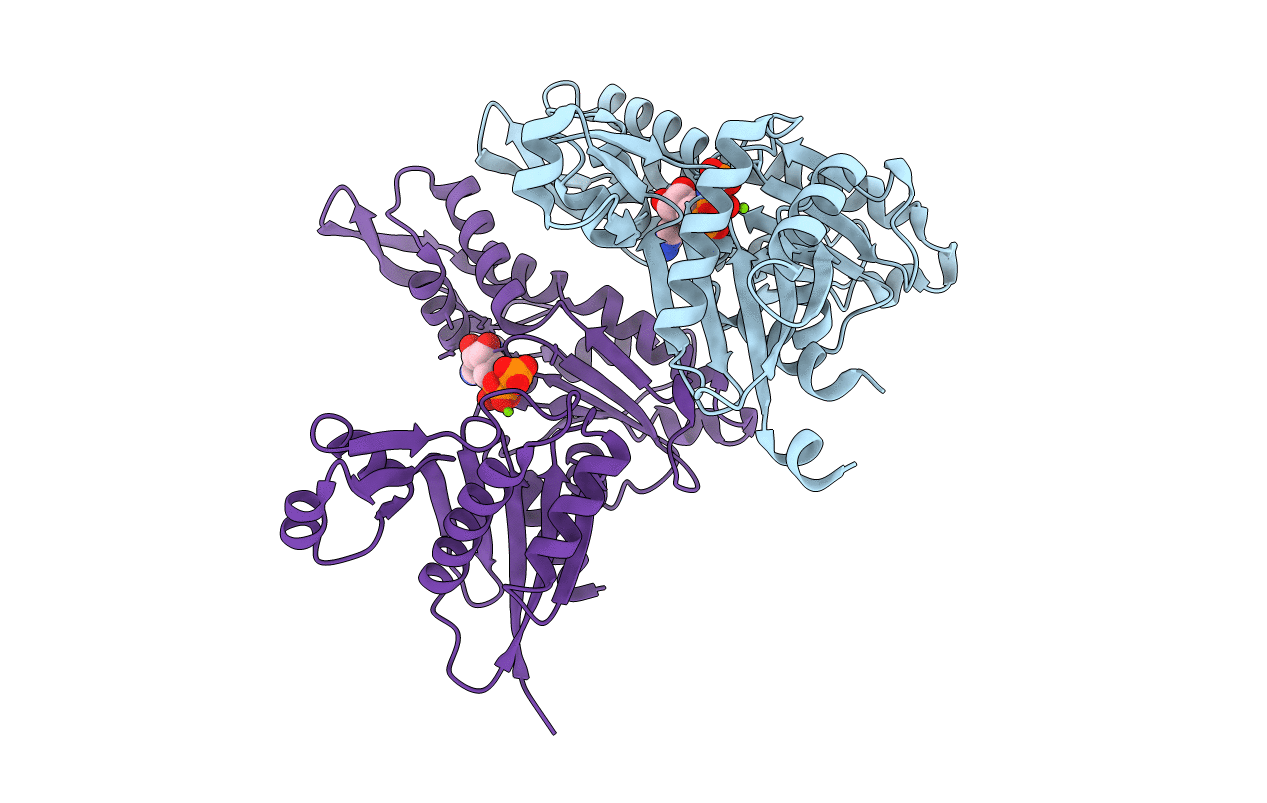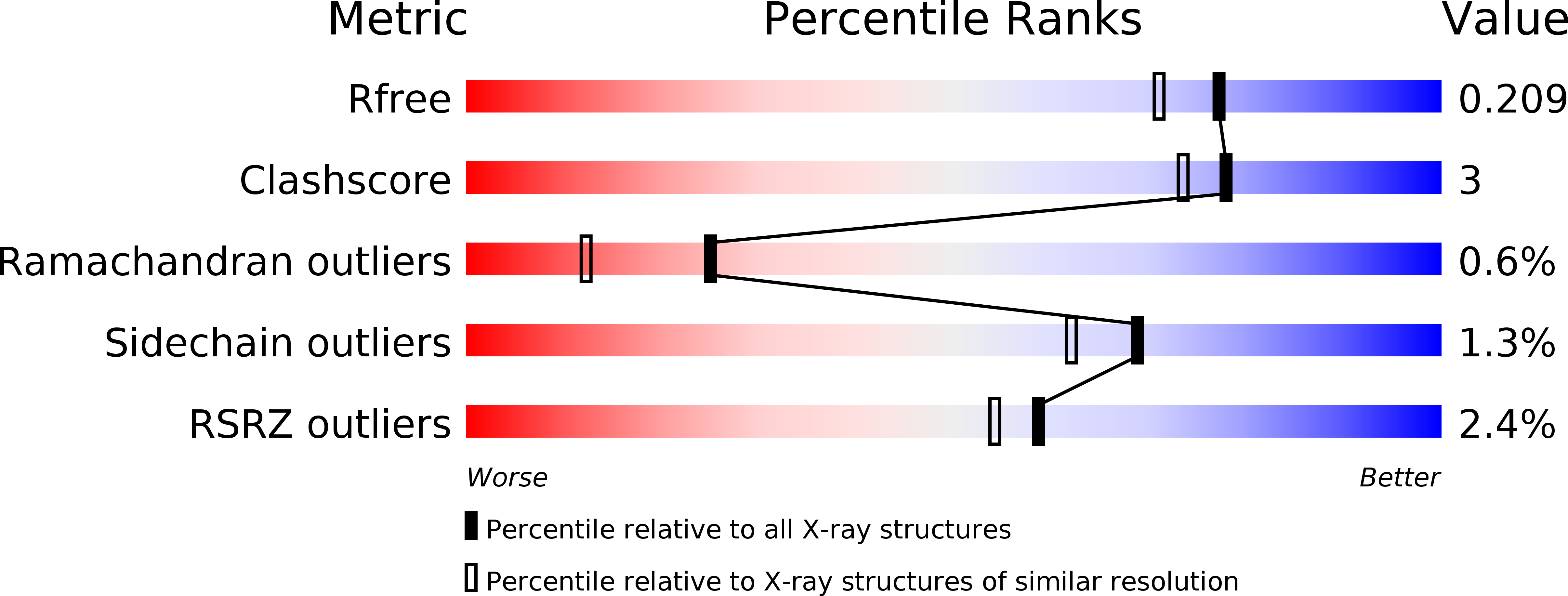
Deposition Date
2016-07-20
Release Date
2016-11-16
Last Version Date
2024-05-08
Entry Detail
Biological Source:
Source Organism:
Magnetospirillum magneticum AMB-1 (Taxon ID: 342108)
Host Organism:
Method Details:
Experimental Method:
Resolution:
1.80 Å
R-Value Free:
0.20
R-Value Work:
0.17
R-Value Observed:
0.17
Space Group:
P 1 21 1


